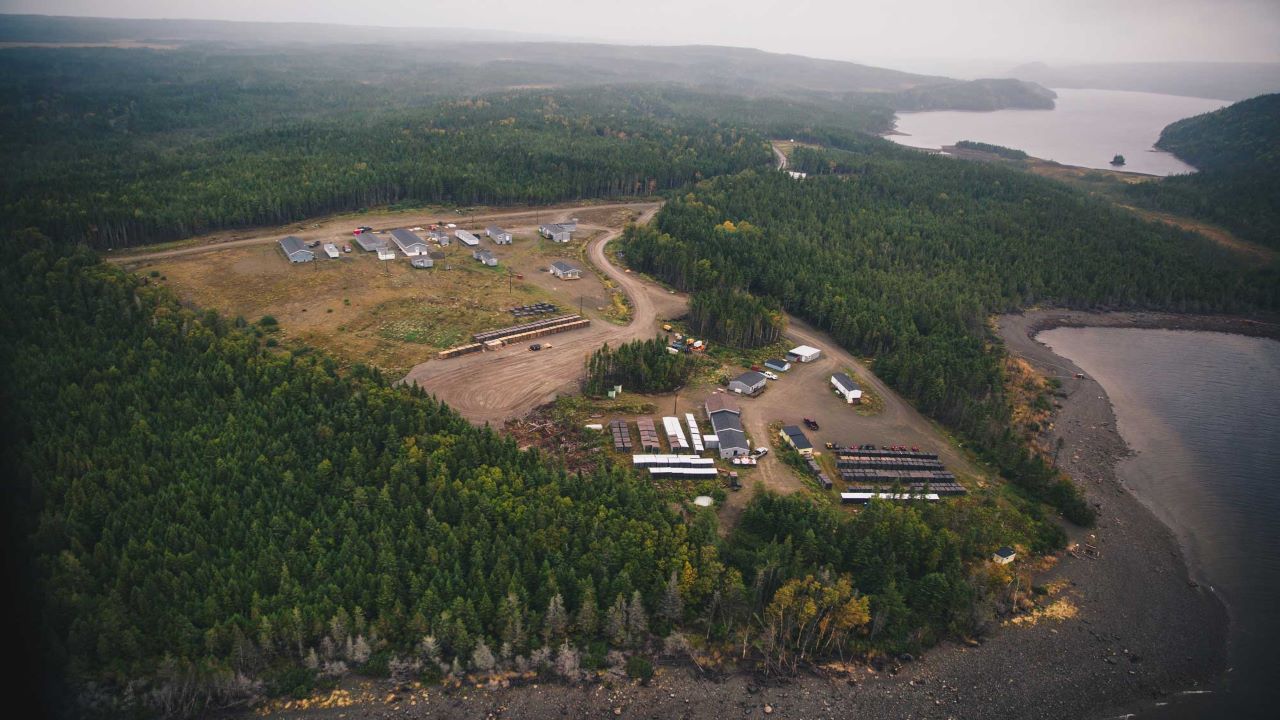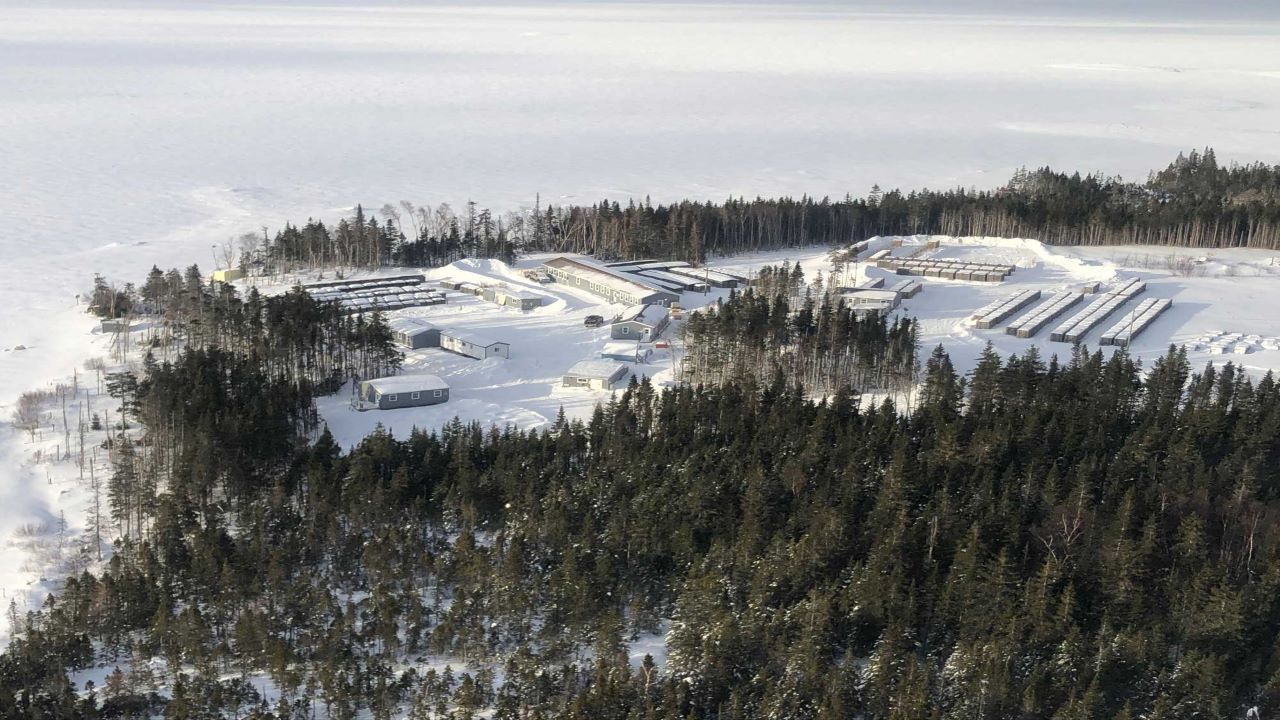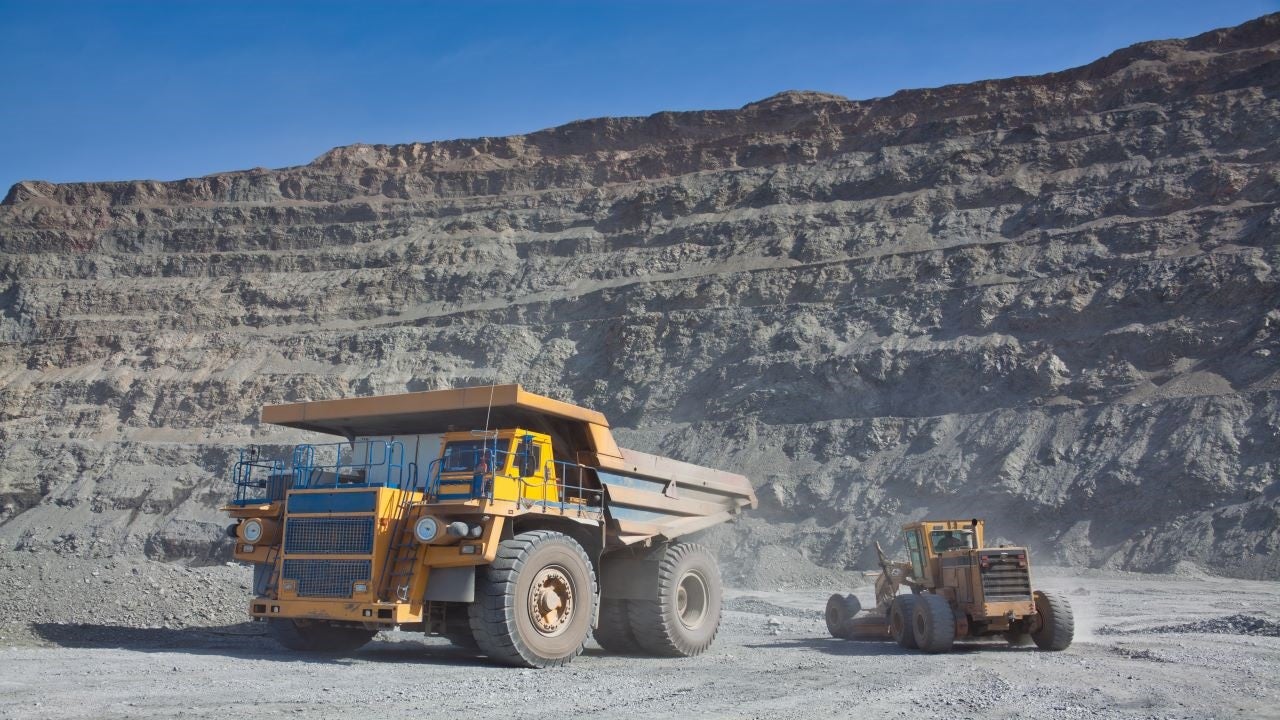The Valentine Gold Project is an open-pit mining development in the province of Newfoundland, Canada.
The Valentine Lake property, which hosts the project, is fully owned by Marathon Gold, a Canadian gold mining company. It encompasses five gold deposits, namely Marathon; Leprechaun; Victory; Berry; and Sprite, and other early-stage gold prospects. The deposits are located within a 20km-long northeast-trending zone known as the Valentine gold project.
The feasibility study for the project was released in April 2021. Construction activities at the project site are expected to commence in January 2022 while operations are scheduled to begin by October 2023.
The Valentine gold project is estimated to involve an initial capital investment of approximately $229m and a total investment of $496m over the life of mine (LOM) of 13.1 years.
Location and geology of Valentine gold project
Located in the west-central region of Newfoundland, the Valentine Lake property hosts 14 contiguous mineral licences that cover approximately 24,000ha. It is situated within the Victoria Lake Group, which is a part of the Exploits Subzone of the Dunnage Zone.
Low-grade Cambro-Ordovician island arc and back-arc volcanic, volcaniclastic and epiclastic rocks of the Talley Pond, and Tulks Hill volcanic assemblages dominate the region. The assemblages are characterised by a series of clastic sedimentary rocks and include rocks intruded by granodioritic to gabbroic intrusions, metamorphosed to lower greenschist facies.
Valentine gold project mineralisation and reserves
Gold mineralisation at the Valentine Lake property is manifested in the form of structurally controlled, orogenic deposits dominated by south-west dipping en-echelon stacked extensional vein sets, and shear parallel vein sets. The gold deposits are primarily hosted by the Neoproterozoic Valentine Lake Intrusive Complex.
The proven and probable mineral reserves at the Marathon Gold-owned gold project are estimated at 47.1 million tonnes (Mt) grading 1.36g/t of gold (Au) and 2.1 million ounces (Moz) in contained metal, as of March 2021.
Mining operations at Valentine gold project
The Valentine Gold project will utilise conventional open-pit methods to recover gold. Diesel-powered rotary drills with 203mm bit size for bulk production drilling and down the hole (DTH) drills with 165mm bit size for selective drilling will be used to undertake drilling activities. The current mining operations are focused on the Marathon and Leprechaun pits.
Diesel-powered reverse circulation (RC) drills will be used for bench-scale grade control drilling and loading will be handled by 15.5m³ bucket-sized hydraulic excavators, 13m³ bucket-sized wheel loaders, and 12m³ bucket-sized diesel hydraulic excavators. The haul fleet will include 140t and 90t rigid-frame haul trucks and 40t articulated trucks for production hauling. Two-way, 28m-wide haul roads will handle 140t payload rigid-frame haul trucks.
Development of both the Marathon and Leprechaun pits is split into three phases, including an initial phase followed by two pushbacks. The initial phases will comprise higher gold grade mineralisation and a lower strip ratio.
Ore processing
The processing facility for the project will be constructed in two phases. Phase one will have a processing capacity of 2.5 million tonnes per annum (Mtpa) while phase two will involve the expansion of the processing plant to increase its capacity to 4Mtpa. Average gold production is estimated to be 173,000oz a year.
The phase one processing plant will include a semi-autogenous grinding (SAG) mill, ball mill, gravity concentration, gravity tails leaching, and a carbon elution circuit using a Zadra process. Gold-rich sludge will be washed off the steel cathodes in the electrowinning cells and then filtered, dried, and mixed with fluxes before being smelted in an electric induction furnace to produce the final gold dore bars.
The leach-adsorption tails will be treated for cyanide destruction, thickened and deposited in the tailings management facility.
The phase two expansion will involve the addition of a gravity tails flotation circuit, a pebble crusher, a flotation concentrate regrind circuit, and a float concentrate leaching circuit. Furthermore, it will involve the thickening of both the float concentrates and tailings streams.
Infrastructure at Valentine Lake
The project site is accessible via an 84km-long gravel road from the town of Millertown, which is connected to the Buchans Highway and the Trans-Canada highway.
Electricity will be supplied by Newfoundland and Labrador Hydro (NL Hydro) from Star Lake Terminal Station located approximately 20km to the northwest of the Valentine gold project. A proposed 40km-long overhead line from the Star Lake Terminal Station will be erected to transfer power to the Valentine Lake Terminal Station.
A permanent accommodation camp will be constructed to accommodate up to 301 people while the existing exploration camp with a capacity of 65 people is envisaged to be maintained as an overflow camp for shutdown events.
Contractors involved
Australian engineering company Ausenco prepared the feasibility study for the project and was also involved in the metallurgical test work, design, and cost estimating of the process plant and surface infrastructure.
American mining and geological consultant John T Boyd Company prepared the mineral resource estimate for the gold project.
Stantec Consulting was contracted to support environmental planning, assessment, licensing, and permitting, including design and bulk material estimates of the water management structures.
Moose Mountain Technical Services was selected to deliver the open-pit mine plan and mine production schedule, including capital and operating costs.
Canadian consulting and construction services company Golder Associates received a contract to complete the feasibility-level design and bulk material estimates of the tailings management facility, and polishing pond.
Other contractors involved in the project include Canadian consultancy firms APEX Geoscience, and GEMTEC Consulting Engineers and Scientists.






